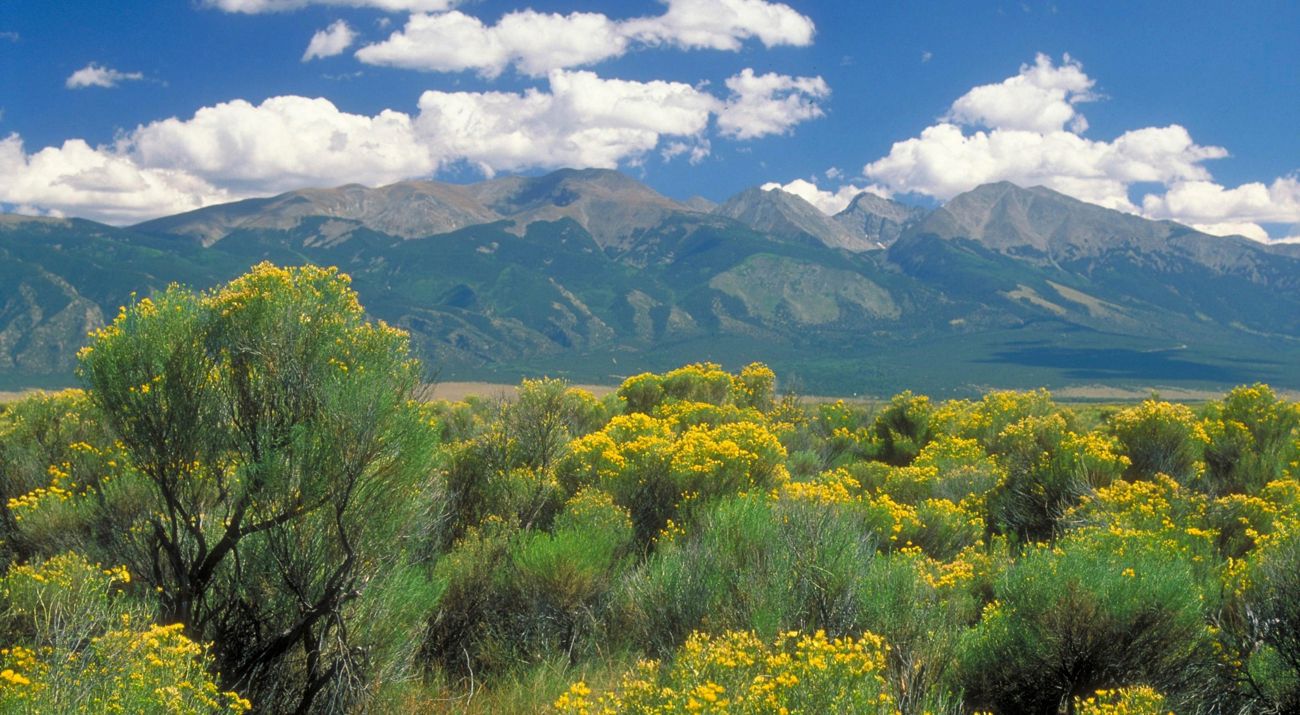Why You Should Visit
Imagine seeing thousands of acres of meadows, wetlands, sand dunes and cottonwood groves set against majestic 14,000-foot mountain peaks.
Imagine exploring a stone-age bison-kill site, a prehistoric Native American camp and a historic cattle ranch (still in operation) - all in one place.
If those prospects don't intrigue you, how about walking amidst sand dunes that soar 700 feet into the air?
The San Luis Valley harbors the Great Sand Dunes National Park and constitutes the most biologically significant landscape of its size in Colorado. Wetland ponds can be found among these huge dunes.
This preserve lies within a vast, high-elevation (7,500-foot) basin flanked by not one but two impressive mountain ranges: the San Juans and Sangre de Cristos. Elk share the landscape with a resident bison herd.
How to Visit
There are a couple of ways to see the ranch:
- Join a guided ranch tour.
- Enjoy the one-mile-long hiking trail through cottonwood groves and wetlands to mountain views and plentiful wildlife viewing.
The one-mile scenic trail is open March-October, dawn to dusk.
If you're scheduled to visit during the summer, dress for extreme heat, pack bug repellent and bring plenty of water. The preserve is best seen via automobile, stopping for short walks along the way. Expect to see both cattle and bison grazing on the Zapata Ranch.
What to See
Rare Plants
Slender spiderflower - one of the world's largest populations
Rare Insects
- Ant-like flower beetle (found nowhere else on Earth!)
- Circus beetle
- Giant sand treader camel cricket
- Great Sand Dunes tiger beetle (found nowhere else on Earth!)
- Histerid beetle
Wetlands Birds
Wetlands here provide habitat for numerous bird species such as
- American bitterns
- Sandhill cranes (during spring and fall migrations)
- White-faced ibis (rare)
Birds: Other species
- Ferruginous hawk
- Sage sparrow
